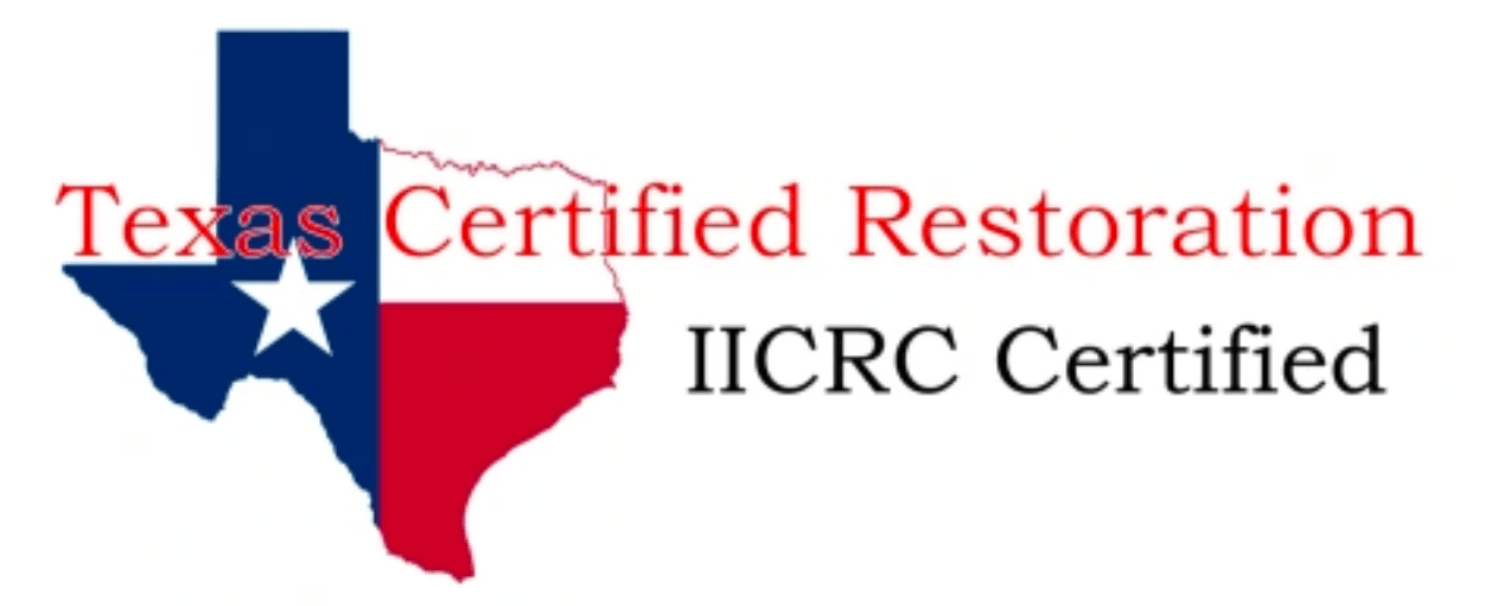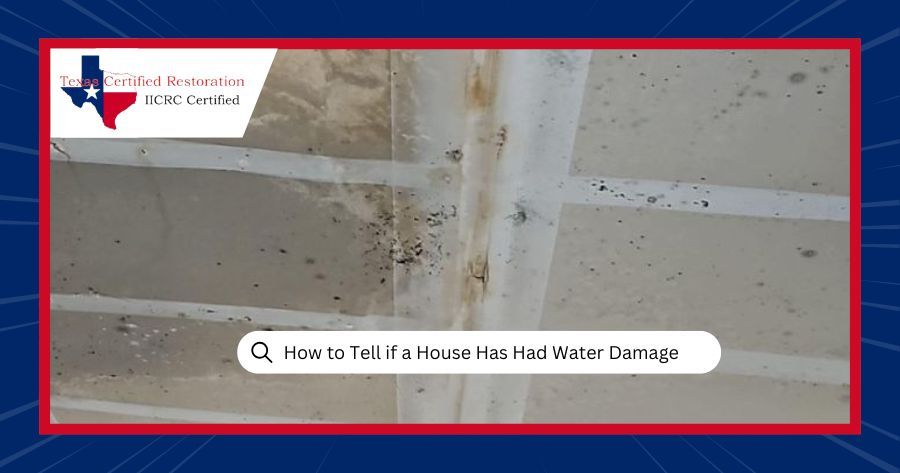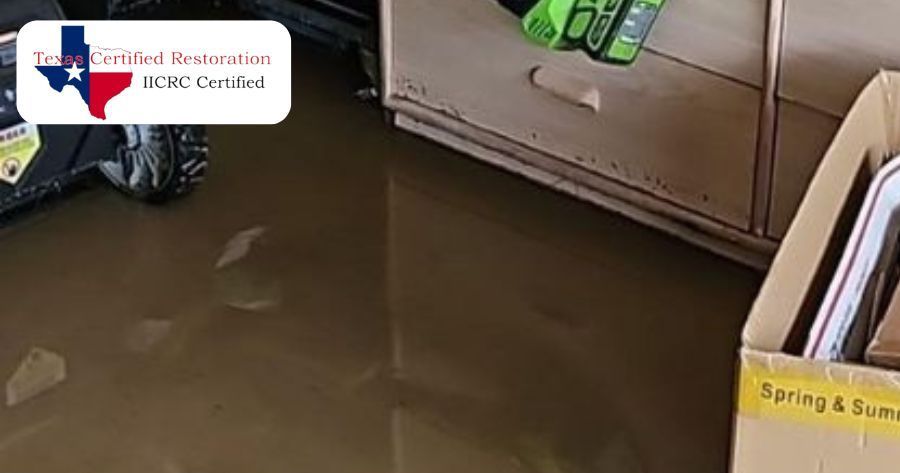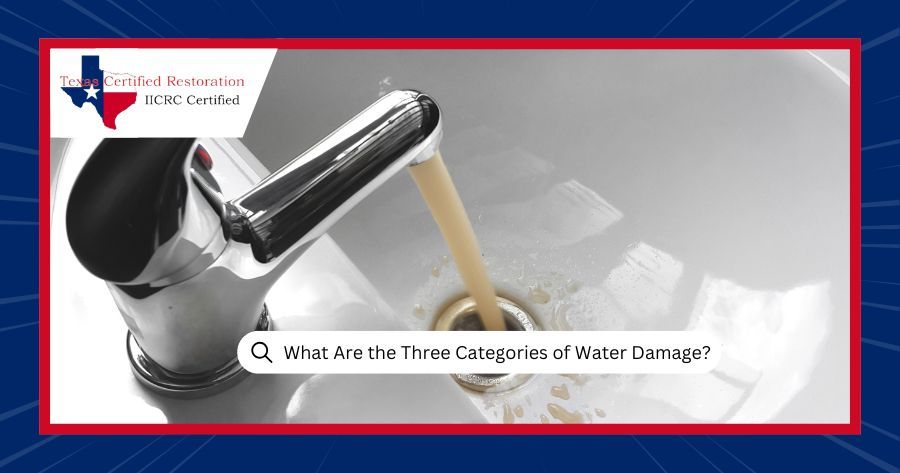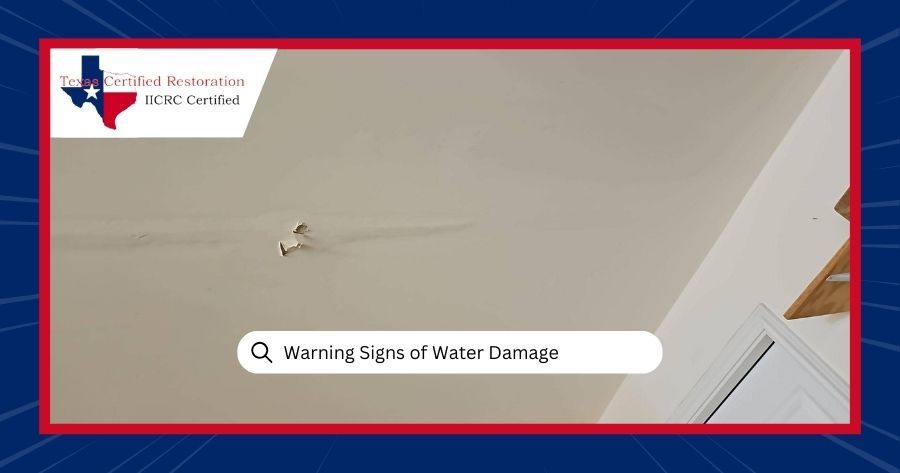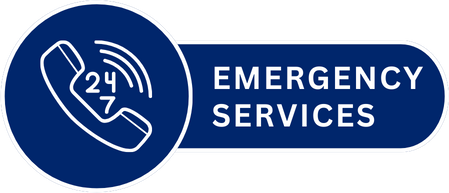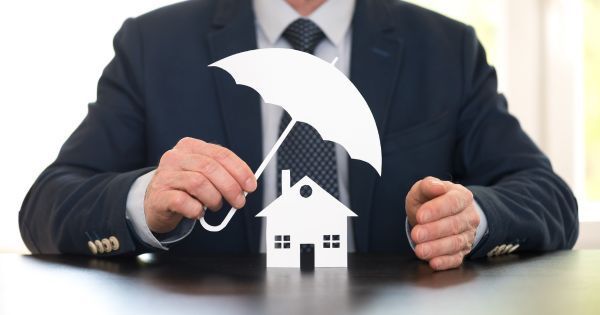
Does Homeowners Insurance Cover Water Damage?
Are you experiencing water damage and wondering if your homeowners insurance will foot the bill? It’s a common concern, especially for homeowners in areas prone to flooding or plumbing mishaps. In this blog post, we'll delve into the nitty-gritty of homeowners insurance coverage to answer the burning question: Does homeowners insurance cover water damage? Let's find out. Plus, if you need services for
water damage restoration Austin, we’ve got you covered.
Overview of Homeowners Insurance
When unexpected disasters strike, homeowners insurance can be a lifesaver. From natural disasters like storms to accidents like burst pipes, it provides financial protection for your home and belongings. But does it cover all types of
water damage? The answer isn't always straightforward.
Types of Water Damage Covered
So, what type of water damage is covered by homeowners insurance? In general, sudden and accidental water damage caused by internal sources is typically covered.
- Burst Pipes: When a pipe bursts due to freezing temperatures, corrosion, or excessive pressure, it can release a significant amount of water into your home. Homeowners insurance typically covers the resulting water damage, including repairs to the affected areas and belongings.
- Malfunctioning Appliances: Appliances like dishwashers, washing machines, refrigerators, and water heaters can malfunction unexpectedly, leading to water leaks or flooding. If a malfunctioning appliance causes water damage to your home, homeowners insurance may cover the cost of repairs and restoration. However, coverage may vary depending on the specifics of your policy.
- Plumbing Leaks:
Plumbing leaks can occur due to different factors, such as deteriorating pipes, loose fittings, or excessive water pressure. These leaks can result in water damage to walls, floors, ceilings, and belongings. Homeowners insurance typically covers the cost of repairing the damage caused by plumbing leaks, including fixing the source of the leak and restoring affected areas.
Types of Water Damage Not Covered
While homeowners insurance is a valuable safety net, it doesn’t cover every scenario. These types of water damage are not covered:
- Gradual Damage: Gradual damage refers to water damage that occurs slowly over time, often as a result of long-term leaks or seepage. Examples include a slow leak in a pipe behind a wall or water seeping into a basement over months or years. Homeowners insurance typically does not cover gradual damage because it is considered a maintenance issue rather than a sudden and accidental event.
- Flood Damage: Flood damage occurs when overflowing rivers, heavy rainstorms, or melting snow, enters your home and causes damage. Standard homeowners insurance policies typically do not cover flood damage. Homeowners in flood-prone areas may need to purchase separate flood insurance through the National Flood Insurance Program (NFIP) or a private insurer to protect their homes against this type of water damage.
- Sewage Backup:
Sewage backup occurs when wastewater from your plumbing system flows back into your home, often because of clogged sewer lines or sewer system malfunctions. This can result in significant damage to your property and pose health hazards. Standard homeowners insurance policies typically do not cover damage caused by sewage backups. Homeowners may need to purchase additional sewer backup coverage to protect against this type of water damage. The
sewage cleanup cost can vary widely depending on the severity of the damage, often ranging from a few hundred to several thousand dollars.
Additional Coverage Options
If you live in an area prone to flooding or have concerns about specific types of water damage, additional coverage may be available. Flood insurance, for instance, can protect against flood-related water damage that isn't covered by standard homeowners insurance. It's worth exploring these options to ensure comprehensive protection for your home.
Read About -
Average Cost of Water Damage Restoration
Filing a Claim
In the unfortunate event of water damage, filing a claim with your insurance company is the crucial next step. Here are the steps you need to follow:
- Document Damage: Take photos and notes of water damage for evidence.
- Contact Your Insurer: Notify your insurance provider as soon as possible.
- Provide Details: Share the cause, extent, and any mitigation steps.
- Follow-up: Stay in touch with your insurer for updates.
- Get Estimates: Obtain repair estimates from different licensed contractors.
- Review Offer: Carefully review the settlement proposal.
- Approve Settlement: If you are satisfied, accept to move on with repairs.
Tips for Prevention of Water Damage
While insurance coverage can offer peace of mind, prevention is often the best defense against water damage.
- Regular Inspections: Regularly inspect your home for signs of potential water damage, such as leaks, drips, or water stains on walls, ceilings, or floors. Pay attention to musty odors, which could indicate hidden mold or mildew growth. Early detection allows you to tackle issues before they escalate into major problems.
- Maintain Plumbing System: Inspect pipes, fittings, and connections for signs of wear, corrosion, or damage. Replace any worn or damaged components to prevent leaks. In addition, ensure that your plumbing fixtures, such as faucets, toilets, and showers, are in good working condition and free from leaks.
- Monitor Appliances: Keep an eye on your household appliances, such as dishwashers, washing machines, water heaters, and refrigerators. Check for signs of leaks, rust, or malfunctioning components. Regularly clean and maintain appliances according to manufacturer guidelines to prevent breakdowns and potential water damage.
- Install Water Detection Devices: Consider installing water detection devices, such as water leak sensors or smart water monitors, in key areas of your home prone to water damage, such as basements, laundry rooms, and bathrooms. These devices can alert you to potential leaks or water emergencies, allowing you to take fast action to prevent damage.
- Shut-off Valves:
Install shut-off valves on your plumbing system to quickly isolate the water supply in case of emergencies, such as pipe bursts or appliance malfunctions. Find the main water shut-off valve for your home, as well as individual shut-off valves for appliances like toilets, sinks, and washing machines. Being able to shut off water quickly can minimize the extent of water damage.
Contact Texas Certified Restoration
When water damage strikes, you need fast, reliable help.
Texas Certified Restoration specializes in
emergency water damage cleanup and comprehensive restoration services. Our team handles a wide range of water damage scenarios and can also assist with insurance claims, ensuring you receive the coverage you deserve. Don't hesitate, reach out to Texas Certified Restoration today at (254) 312-2692 or
fill out an online form.
